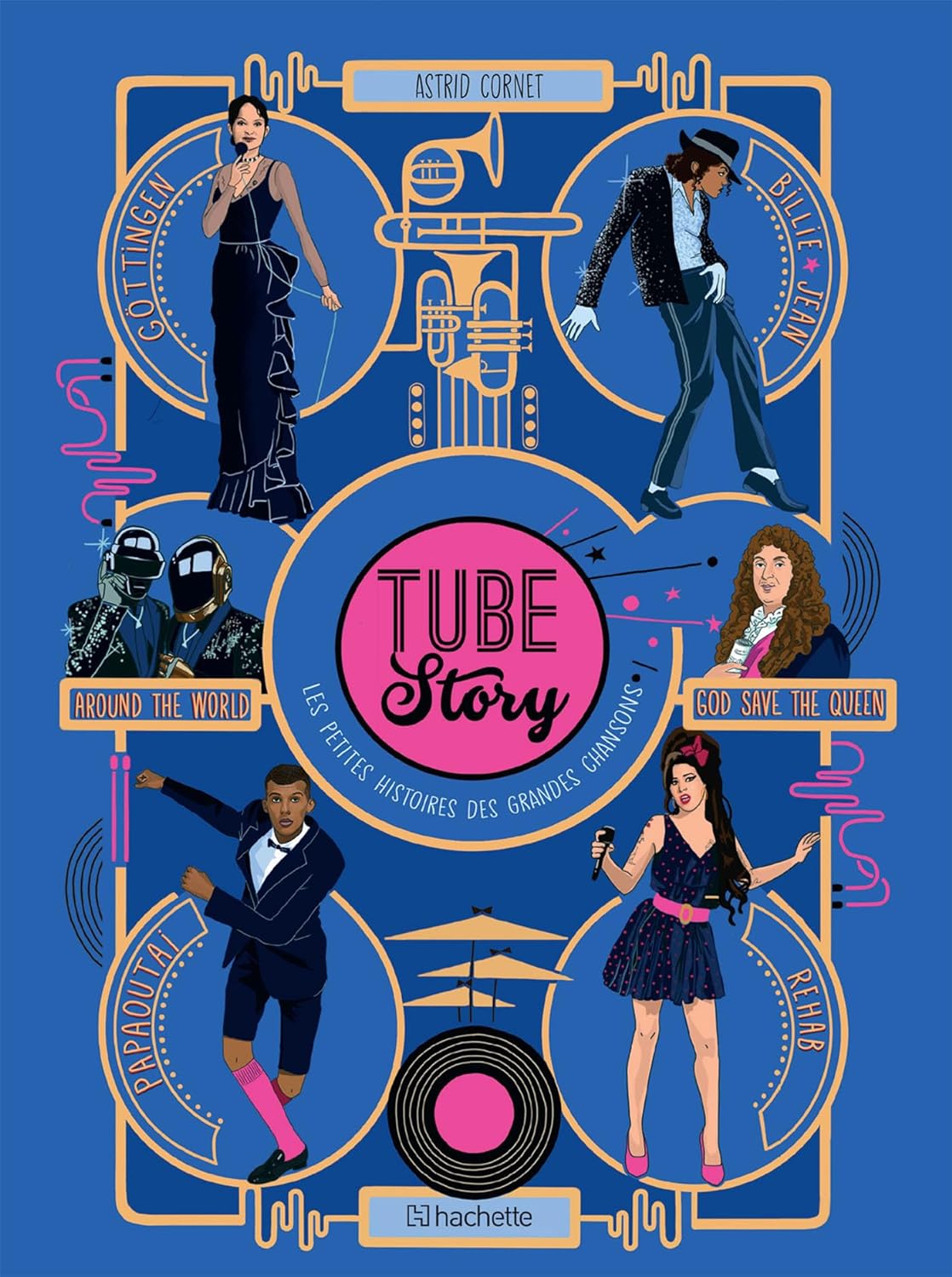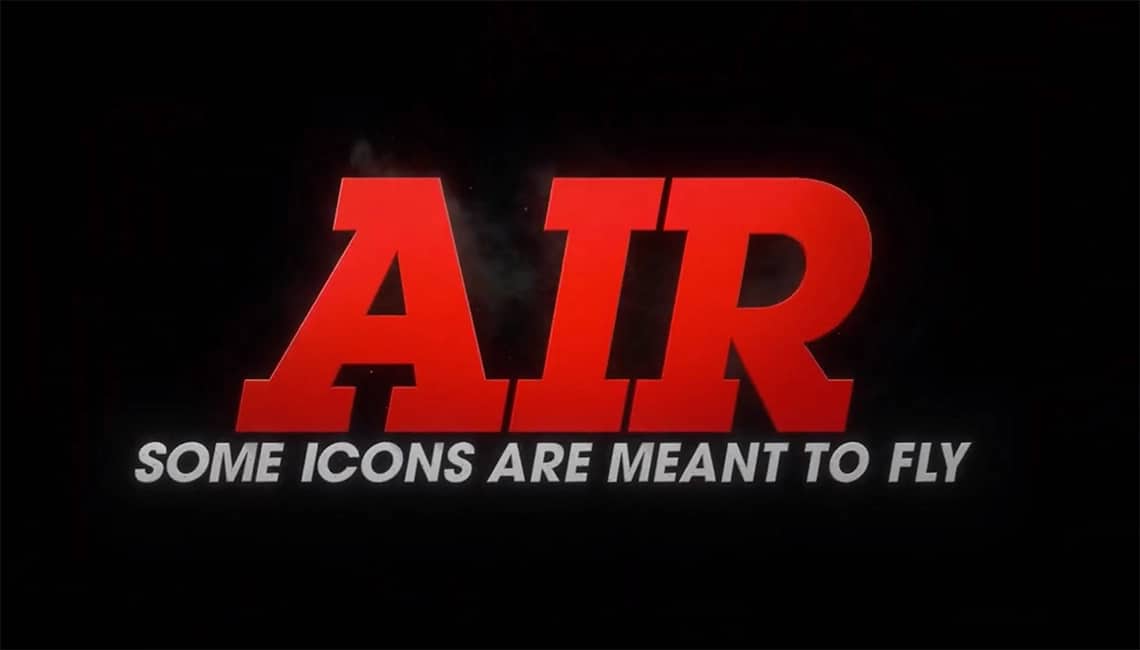Like a camera, it is important to define what your criteria will be when you buy a microphone. At a time when for more than two years, videoconferences and other digital moments have become commonplace in our lives, you will appreciate some tracks that will guide you in your future purchase. Your needs in terms of micro will be defined according to your field of activity. Indeed, a musician will direct his research differently from that operated by a musician. The same goes for a podcast host, a sound engineer…
Sound recordings on a set
Let's take the example of a videographer, several options are available to you when conducting an interview. In a closed room away from any outside source, if you do not have a solid budget, you can limit yourself to buying a recorder or a unidirectional microphone. On the other hand, you will have to think about the importance of a windscreen even if you are not outdoors. What is a windscreen? This is a piece of foam that follows the shape of the capsule of your microphone. It will reduce as much as possible any air movement. Your priority will be to isolate your microphone as well as possible so that you can have an optimal sound recording. All your contracts will not allow you to hire a sound engineer and you are often forced to accumulate several hats as a director in the corporate sector. In order to limit post-production work as much as possible, if you are able to invest, the purchase of a lavalier microphone will be an added value for all your shoots. Cameras and film props are more affordable in our time and you will be able to amortize this purchase little by little by taking this data into account when you send your quotes to your customers.
On a film …
Your needs will also evolve depending on the configuration you will have to deal with. In cinema, the work of a sound engineer is of vital importance regardless of the film. But its load will be much greater on feature films like Metal of Sound where the sound experience requires very important upstream research. Again, you will need to get the right equipment to be able to meet your team's expectations.
The emergence of podcasts
We no longer count the number of podcasts on social networks. They touch on many themes and constantly attract more and more fans. One of the reasons for their growing number is that you can create them with limited hardware. All you need is a quality smartphone, a small tripod and a microphone with a USB output. We will favor the multimedia aspect to have a sound recording that will stick perfectly to our use. Some microphones have switchable presets that will make it easier for you to record in these specific situations: spoken voice, singing voice and instrument.
Which microphone to choose for a vocal artist?
If we talk about mezzo-soprano, tenor, contraltos, bass, countertenor… You will inevitably think about the types of voices that can be found in women and men. We necessarily deduce that a specific type microphone will not be suitable for all voices. Before we dive a little deeper into this important point, are you more wired or wireless micro? In the recording studio, we will be less picky about mobility since we are not in front of an audience. The goal is mainly to record your voice, a wired microphone will not be a brake. On stage, the situation is different. If you have the chance to perform in large spaces, and you have the need to commune with your audience, you will be more comfortable with a wireless microphone, that goes without saying. The principle of film-free technology is very simple. It is a couple composed of a transmitter (which can be a microphone hand or headband …) and a receiver. The directivity of a microphone is an essential data to take into account when making your purchase. There are 5 main ones: Omnidirectional, Bidirectional, Cardioid, and Supercardïode / Hypercardioid. An omnidirectional microphone, as the name suggests, will pick up sound in any direction. In this case, we are talking about a 360-degree coverage. A tool of this type is more suitable for recording atmospheres. For the scene, we will lean more towards a cardioid or supdercardioid microphone because of their forward directivity and a specific sensitivity. Criteria such as sensitivity, breath and response curve are also to be taken into account before making any choice. The response curve clearly tells us that each microphone has its own footprint. It will not react in the same way to midrange and treble for example.
Sound recordings of instruments
Each musical instrument has particular specificities, you will not be able to use the same type of microphone when in your training, you have a drums and a piano. To best capture the sound of a drum or bass drum, you will need a microphone capable of accepting high levels. Several models are recommended by specialists depending on your use: Shure PGA, Shure Ksm … For a pianist, the SM81 can be a relevant choice. This is also the case of the MV51 which, you will be surprised, is also recommended as part of podcast sound recording. Many factors are to be taken into account before buying a microphone, we highly recommend this site that lists essential points. Cover photo used.



































![[Live Report] Rock En Seine 2024 : 20 ans et toujours aussi passionnés !](https://www.justfocus.fr/wp-content/uploads/2024/11/RES24_JOUR01_LANA-DEL-REY_LOUIS-COMAR-12.jpg)



